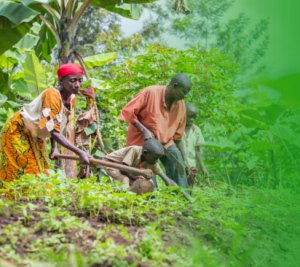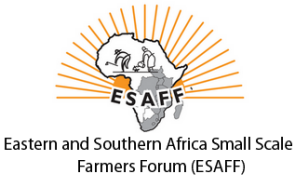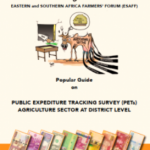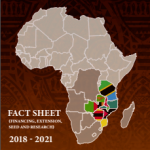Coronavirus pandemic: Millions of Small-Scale Farmers face unprecedented losses in EAC
 The Coronavirus pandemic has created a serious food supply disruption that has hit hard millions of small-scale farmers in the East African Community with a huge risk of unprecedented multidimensional losses.
The Coronavirus pandemic has created a serious food supply disruption that has hit hard millions of small-scale farmers in the East African Community with a huge risk of unprecedented multidimensional losses.
For the region’s smallholder farmers more than ever, “there is limited access to market and inputs, due to limited movement of traders and buyers,” according to Hon. Mathias Kasamba, Chairperson, East Africa Legislative Assembly (EALA) Agriculture, Tourism, and Natural Resources (ATNR) Committee.
He noted that “farmers are getting losses due to fresh produce accumulating in farms due to limited movement (lockdowns) of traders and buyers to their selling points and the lack of equipment for value addition so as to increase the shelf life of the food items”
Hon. Mathias was addressing a webinar on the Impact of COVID-19(Corona Virus Disease) to Small Scale Farmers, organized by Eastern and Southern Africa Small Scale Farmers’ Forum in collaboration with Oxfam PanAfrica with the support of Bread for the World.
At the same time, he warned that “farmers are not able to continue with farming activities due to lockdown and quarantine which hinders production and supply of food especially in urban areas.”
Storage of grains has been a huge challenge for small scale farmers in the region, but the case has been worse for storage facilities of fruits and vegetables, where largely, they are not existing at all. Small scale farmers grow fruits and vegetables expecting immediate pickup for transportation to the markets, a norm, which has been largely disrupted.
This translates to farmers staring at huge losses as they watch fruits and vegetables rot into waste as they cannot freely move the same where the demand is high, due to coronavirus pandemic, while they have no cold stores or facilities to dry them for future use.
Due to reduced access to vital inputs needed to make the current crop season for grains a success, coupled with the locust invasion, could mean less grain harvest, lead to a huge food insecurity.
According to Hon Mathias food availability in the markets over the medium and longer terms in the wake of the pandemic, is less assured. To mitigate the situation Mr. Hakim Baliraine, Chairperson of Eastern and Southern Africa Small Scale Farmers’ Forum noted that improving storage could help reduce post-harvest crop losses along the disrupted supply chain.
He also advocated for urgent utilization of online markets and bulky markets (by selling and transporting together in cooperatives) to avoid being exploited during this situation;
“Smallholder farmers should be considered for compensations or access to favorable cheap credit and loans to help continue operation during and after the COVID – 19,” noted Mr. Hakim.
Hon. Mathias called for EAC states to ensure they increase the agriculture budget 2020/21 to sustain production post COVID 19.
“The EALA and EAC will Call for Adequate budget allocation to the agriculture sector in 2020/21as it was in 2019 where EALA was involved in budget enhancement crusade in member countries,” he noted.
At the same time, he promised that “EALA and EAC will encourage Partner States to Stop importation of agriculture produce that the region normally imports from other continents (Asia and Europe) and encourage production within our borders through our farmers as we have large land, plenty of freshwater for irrigation and fish production.”
He lamented that the region spends about USD 1,795.8 Million for importation (wheat, rice, and maize) from outside the region, which can easily be produced within the borders of the region.
About 130 million small-scale farmers (crop growers, pastoralists, fisherfolks, and foresters) comprise the majority of the population (60% to 70%) in EAC. They contribute about 25% GDP on average and are the main food producers.
End
Watch the entire webinar here: https://www.youtube.com/watch?v=y7mj7z1xrgQ&t=308s























